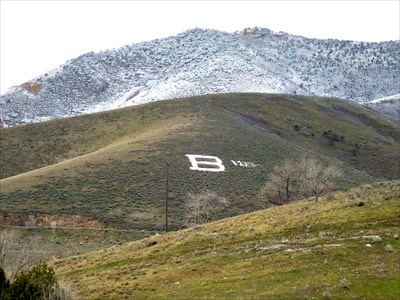March Madness
On March 27th, 1939 the collegiate basketball tournament known as “The Final Four”
was born. This tournament brought the best four collegiate basketball teams to a small
tournament where they played to win the championship. It became the second most popular
sporting event in the nation, right behind the Super Bowl. According to history.com, in 2005,
“The Final Four” became “March Madness”. The tournament changed to include 65 teams,
with the 65th and the 64th teams competing in a play-in game.
The teams are entered into a bracket, which is a way to keep track of each game and its
winners as they move on through the tournament. The bracket contains the names of the
teams and the scores. This bracket has become a very popular institution. Participants predict
which team they think will win and which teams will fall short; people often include “upsets” to
throw a curveball into their brackets. According to espn.go.com, more than 70 million brackets
are made yearly. These brackets bring out millions of once-a-year gamblers, even though the
probability of making a perfect bracket is 1 in 9 quintillion, according to fox4kc.com. You have a
better chance of dying in a horrific vending machine accident than creating a flawless bracket.
In the history of “The Final Four” and “March Madness” no one has ever accomplished making a
perfect bracket.
Every person has a different method of deciding who will win, whether or not they
follow collegiate basketball. According to smithsonianmag.com, if you’re creating your bracket
based on the colors you find most aesthetically pleasing, you should lean toward blue, since the
winning team has had blue in their team colors all but once in the past decade. Some decide on
the “hottest” players to win, and others look purely at stats.
A competition for the best bracket, according to espn.go.com, can be found at virtually
any office, school, or workplace in the United States of America. At Bingham, we have a
competition called “March Mathness” where the winner, or the person who comes the closest
to what actually happens at the tournament, will receive $50. Other students are participating
through making their own brackets at home. Johanna Esplin, junior at Bingham, says “Brackets
a re good for people who aren’t athletic enough to compete in March Madness to still have
some good competition.” Kayla Miller, another junior, compares brackets to humans. She says
“They’re all so unique and different, and they all have their flaws, but we’re able to learn so
much from them.”
This year in the March Madness tournament, there have been many upsets. The most
shocking upset was Michigan State’s loss to Middle Tennessee. According to the official March
Madness app, after that upset, only 8% of submitted brackets were not ruined by the #2 seed
losing to a #15 seed. The only number one seed left is North Carolina, who is scheduled to play
Syracuse (a number 10 seed) on April 2nd. The other two teams in the “Final Four” are two
teams in a two seed position, Villanova and Oklahoma.




